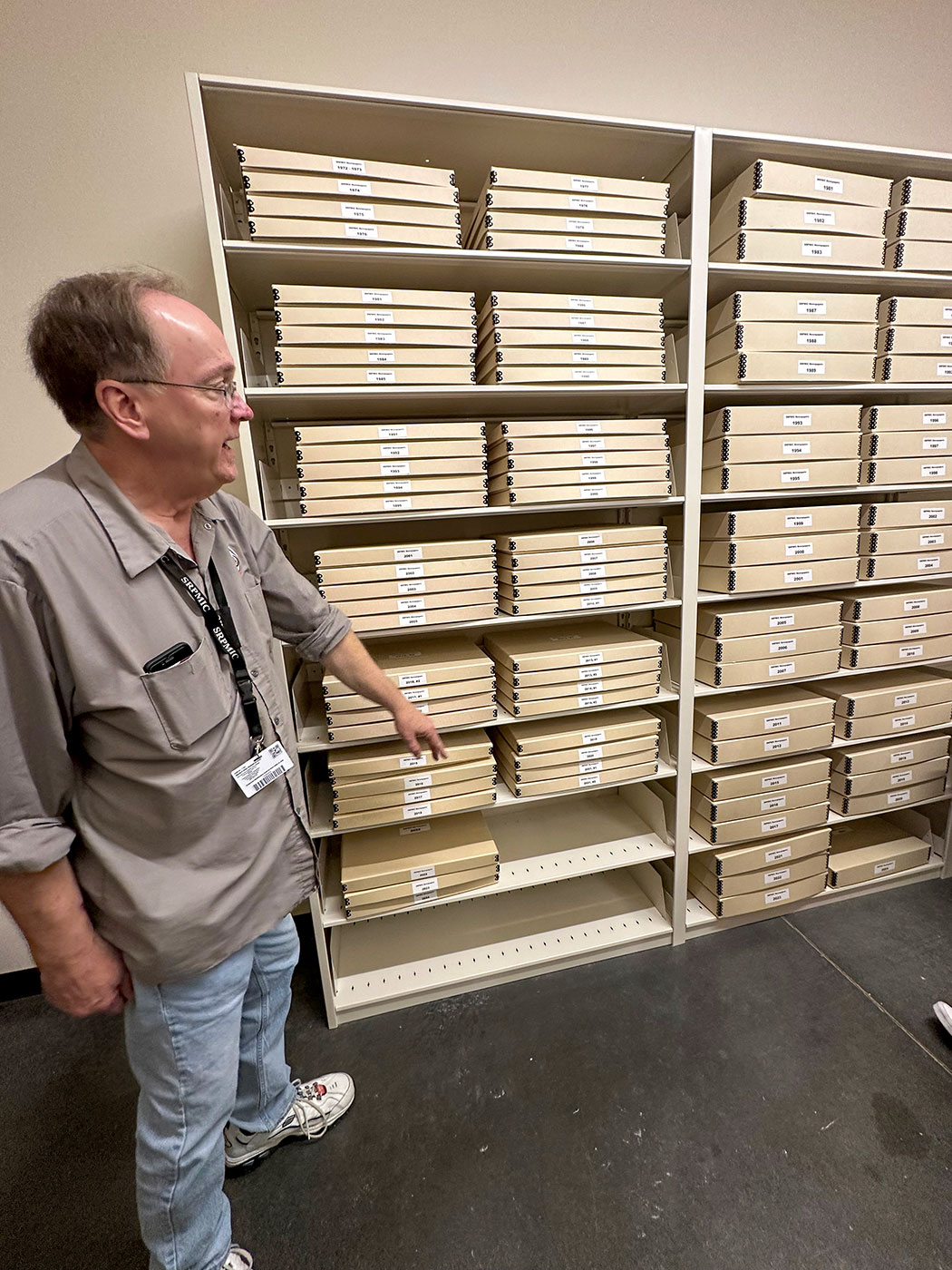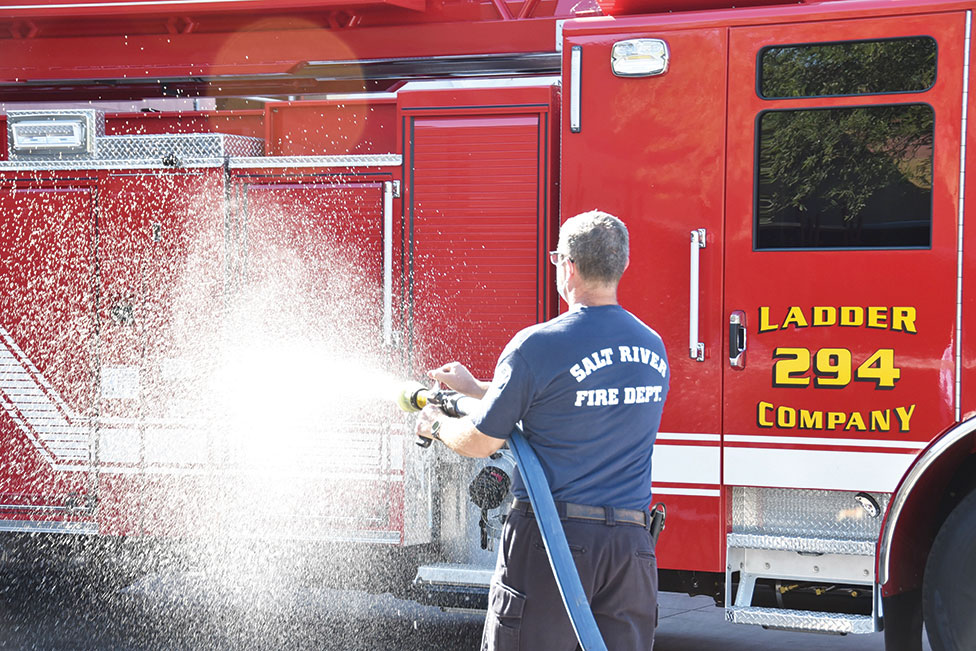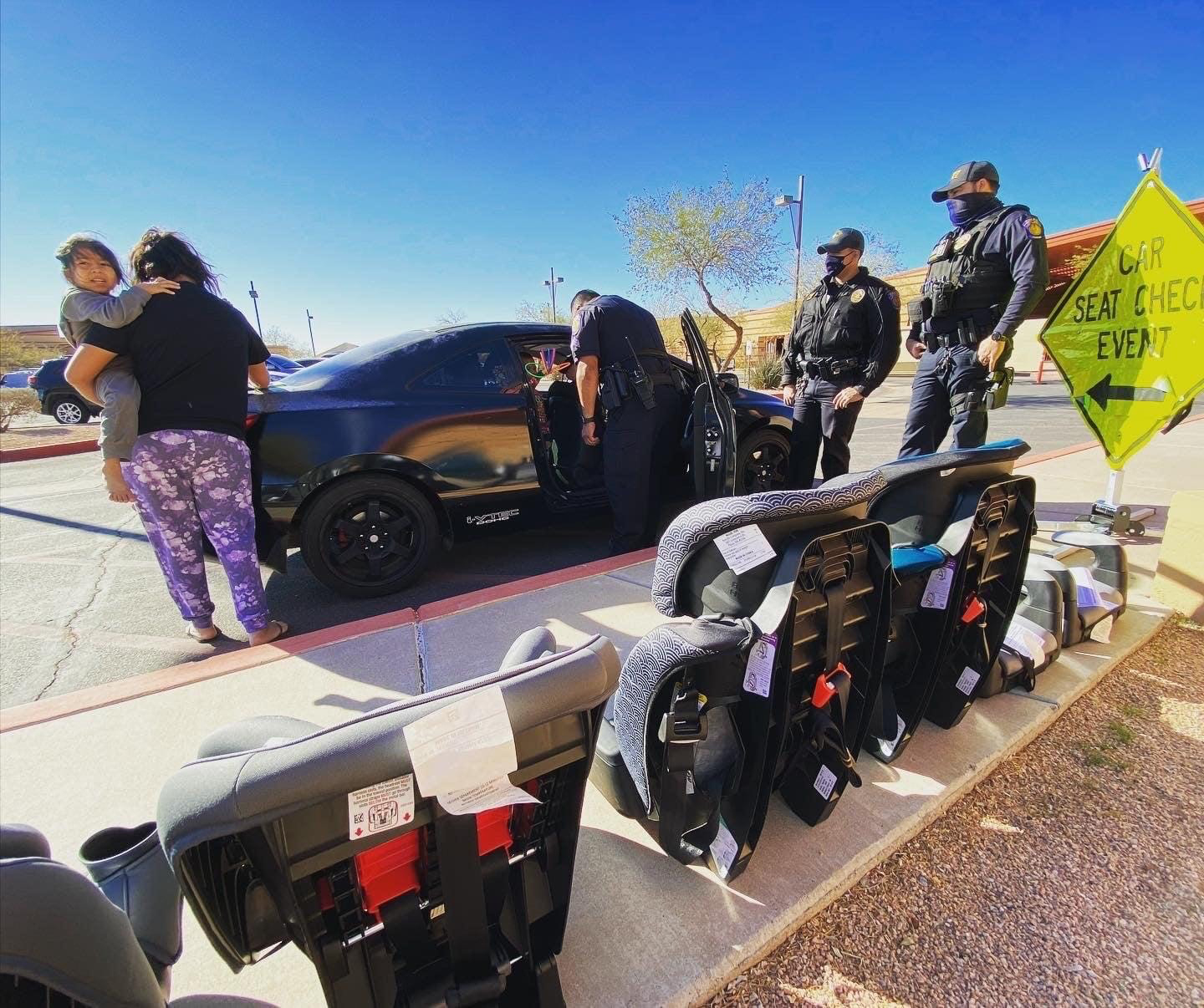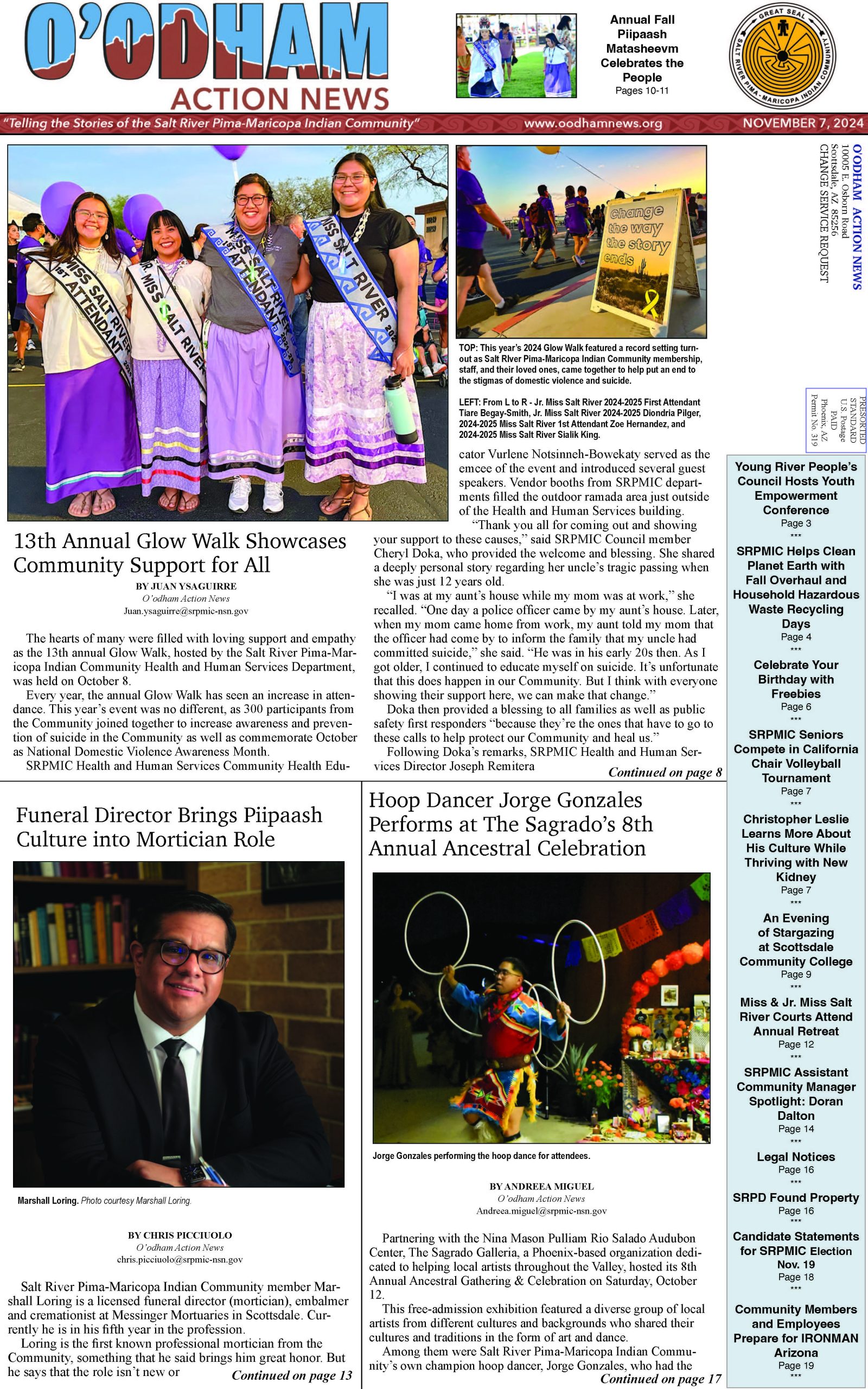VIEWS: 695
May 1, 2024SRPMIC Embarks on Massive Archival Project with Community Relations Office
“I came to work for the Community in November of 1982,” said Janet Johnson, who recently retired from the Salt River Pima-Maricopa Indian Community as director of the Community Relations Office (CRO). “We created [CRO] in July of 1982 and there were two staff hired, Ivan Makil and myself.”
In those times, the entire CRO shared space with the Human Resources Department. Johnson and Makil collaborated as a team and brought their artistic skills to the CRO. “Community Relations was the first public relations department in Indian Country. In creating it, we developed a template for other tribes to follow,” said Johnson.
Makil and Johnson attended events throughout the Community equipped with photography and video cameras. “I was just handed a Nikon camera. We had to process the film and use different types of lenses,” she said. “Ivan is a musician, so he understood how sound works and filmed video too.”
While attending classes at Scottsdale Community College, Johnson realized she had learned plenty of the camera basics and began covering events, applying her classroom knowledge to her work for the Community.
“[Photography] just became a passion for me,” said Johnson. “We didn’t have any pictures of what the [SRPMIC] government looked like in the [19]50s or ’60s. I wanted to make sure we had something tangible so people could look upon the photos and say, ‘This is how our government looked in the ’80s and ’90s.’ That became my core project.”
Johnson would be heavily involved in the CRO’s ascension with her Nikon camera still in hand. “At the events, I’d go behind the scenes. During a Thanksgiving event, I’d go in the back and take photos of the cooks,” she said. “An event might be different the following year, so I’d always document everything with my camera.”
When Johnson announced in November of last year that she would be retiring to spend more time with her family, her work with the CRO spanned over four decades. Before retiring, Johnson wanted to ensure that the Community had access to the CRO media collection she helped build. Thus, before she retired, she began creating a plan to archive the many photos, images, DVDs, videotapes and negatives.
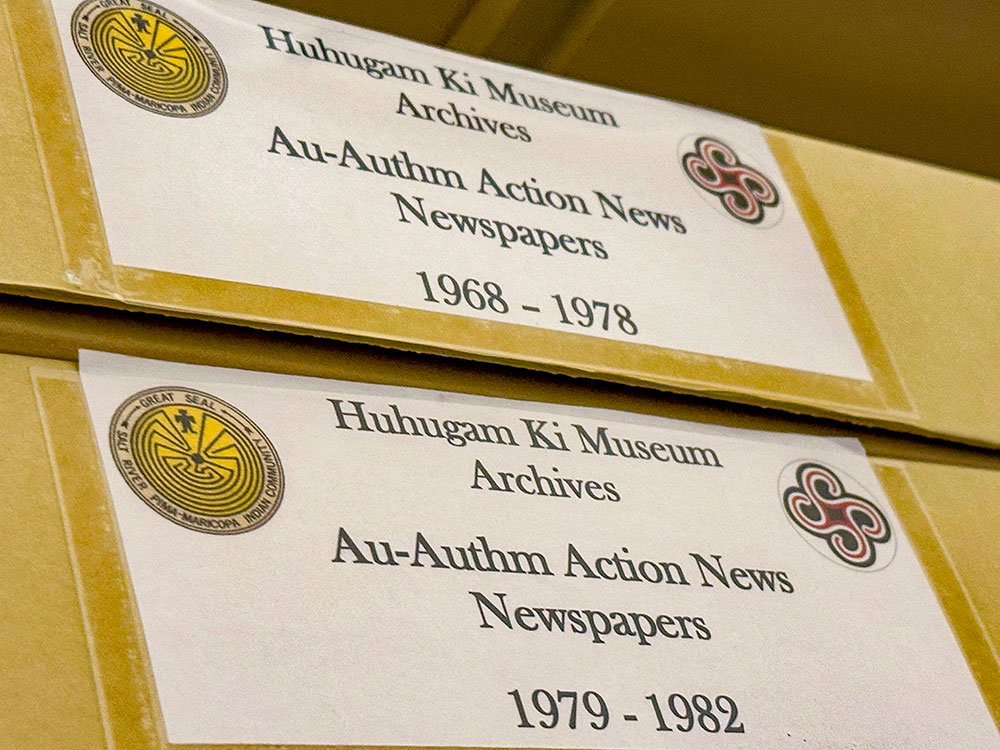
Johnson and management from the CRO at the time met with management in SRPMIC’s Cultural Resources Department, and they came to an agreement that the SRPMIC’s Cultural Repository should house the collection. “One of the stipulations CRO has with the Cultural Resources Department and the [SRPMIC] Repository is that the CRO/O’odham Action News collection—everything we turned in [to the Repository]—must be available to the public, especially our Community members,” said Johnson.
On March 7, the CRO successfully hand-delivered 65,000+ photographs, 1,000+ slides, 20+ DVDs, several videotapes and 10,000+ negatives to the SRPMIC Cultural Repository for proper archiving.
The collection is only part of the CRO’s entire database of photographs, videos and audio. The collection spans decades and includes Day School photos, graduation events on 35mm negatives and more.
“We have a huge collection of photos that are still not in the Repository collection,” she added. “Not just photos, but audio, videos and podcasts as well.” These images are an important document of the growth of the SRPMIC and its people over the last 40+ years.
“The whole purpose of taking all of these photos is to preserve them for future generations,” said Johnson. “That’s the whole goal, making the collection available to the membership so they can see how the Community was/is and the growth of Salt River.”
The SRPMIC Cultural Repository is currently creating the process for Community members and the public to follow when they want to visit and view the collection.
Currently enjoying her retirement, Johnson was pleased to hear that the collection has been delivered to the Cultural Repository. “I’m amazed at the number of photos. I’m excited,” she said. “My job was just to document the Community, and it became my passion. I never thought of the number counts, I just knew we always needed to protect and preserve [the photographs and other media].”

